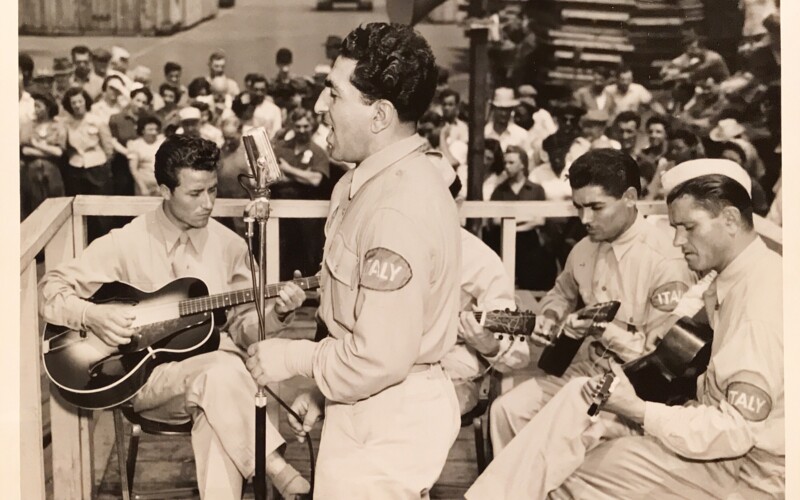We have experience hosting a range of audiences, from college classes to birthday parties to company outings, and we customize our tours to meet your group’s interests and needs.
Book a private tour today
The history and legacy of the Second World War can be seen all around us in Brooklyn. Once home to hundreds of factories, shipyards, and warehouses, and responsible for sending …
Read more
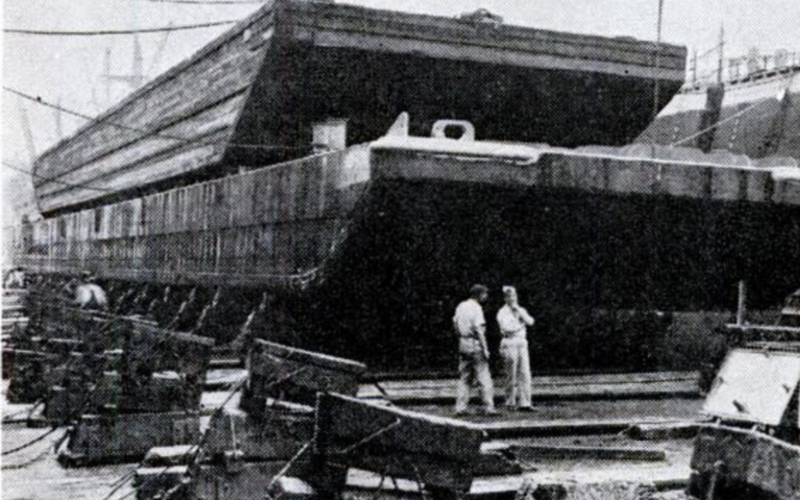
Built on the footprint of the piers and warehouses of the historic Bush Terminal, Bush Terminal Park provided much-needed green space and waterfront access to the Brooklyn’s Sunset Park neighborhood when it …
Read more
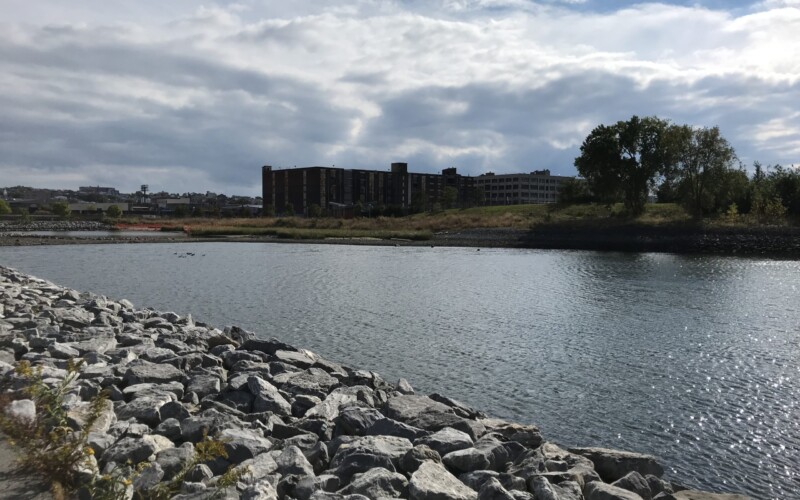
Since its founding over a century ago, Bush Terminal in Sunset Park, Brooklyn has been a center of industry and innovation. Today, the city-owned site is being transformed into a …
Read more
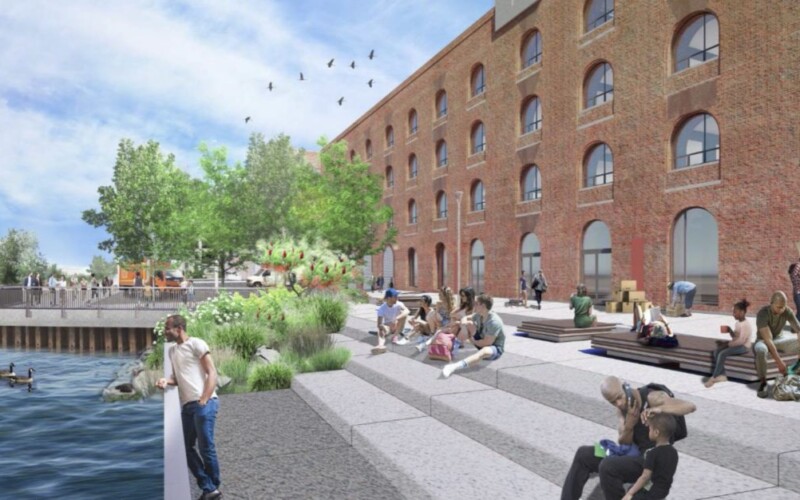
Take a virtual ride with us on the South Brooklyn route of the NYC Ferry. We will board at Corlears Hook and examine the Brooklyn waterfront as we ride past DUMBO, …
Read more
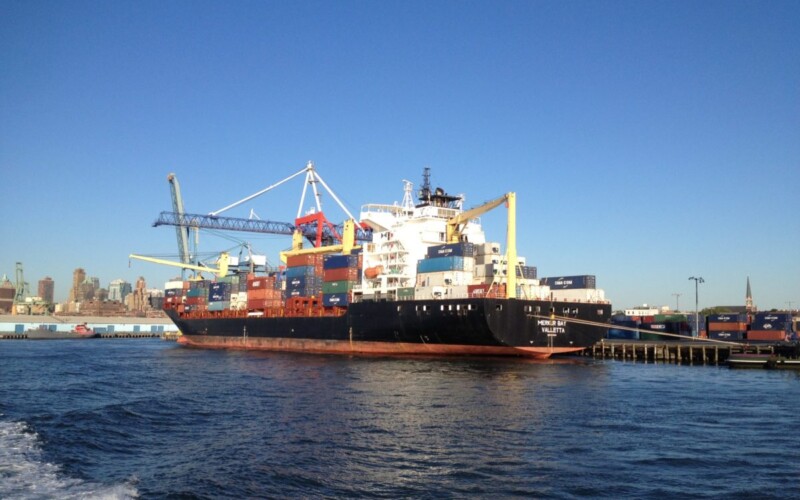
During World War II, nearly half a million Axis prisoners of war were held in the United States. The vast majority of these POWs were German, and a small number …
Read more
